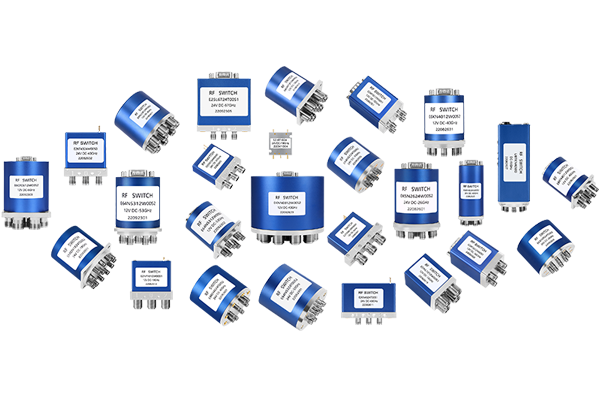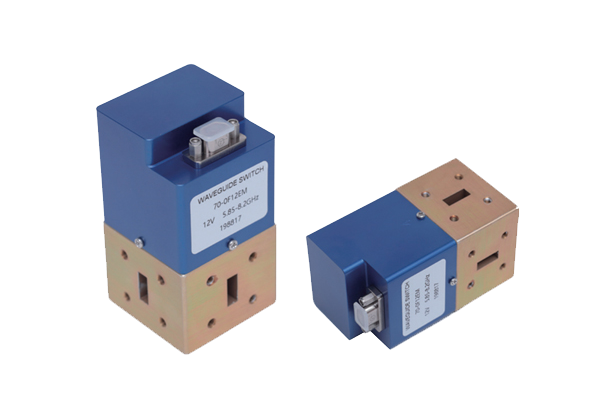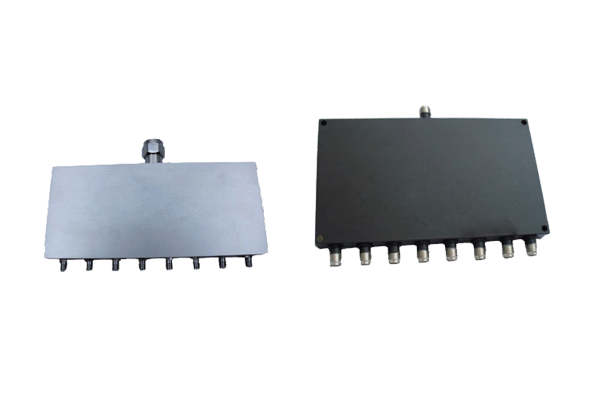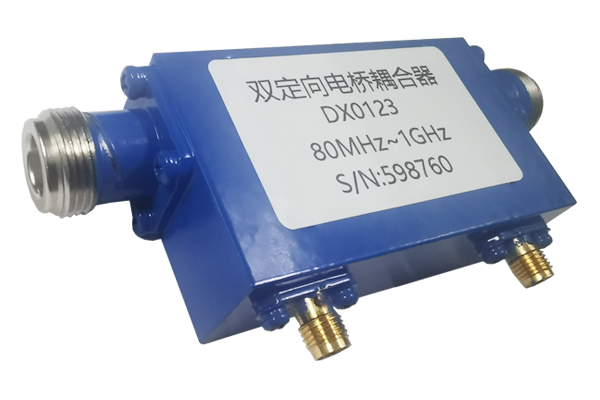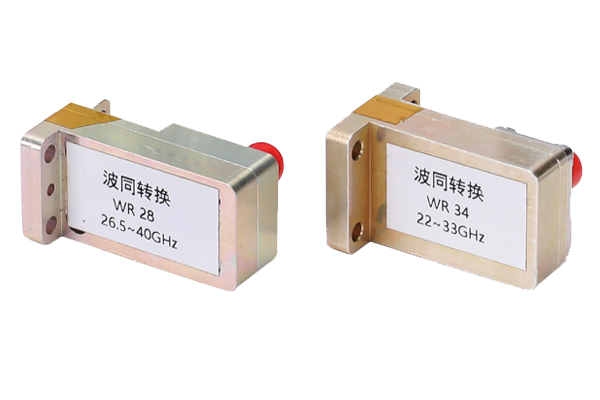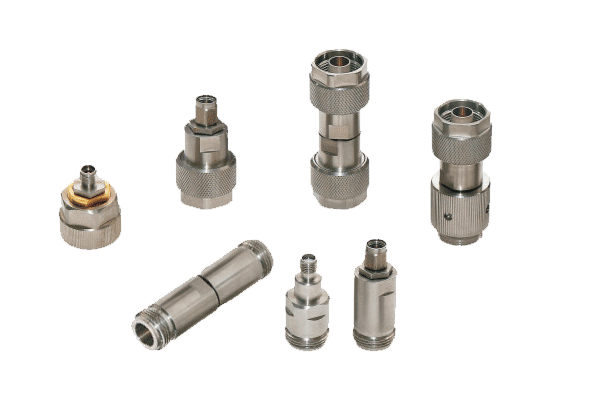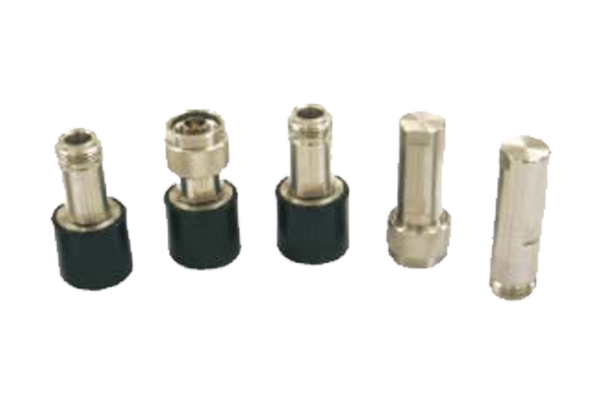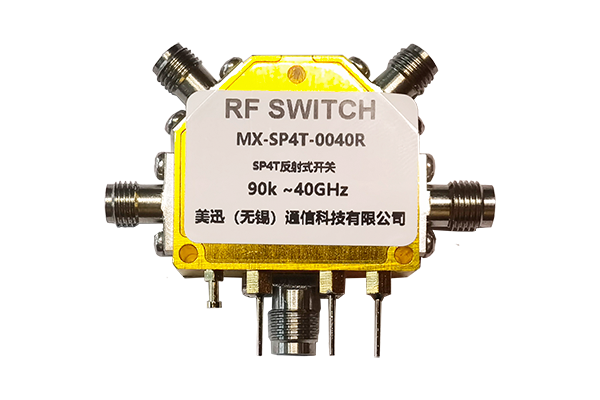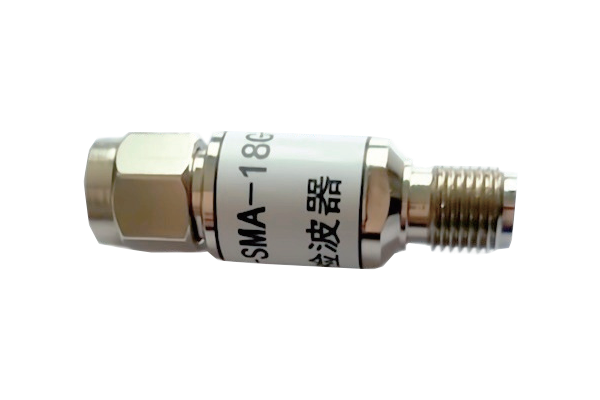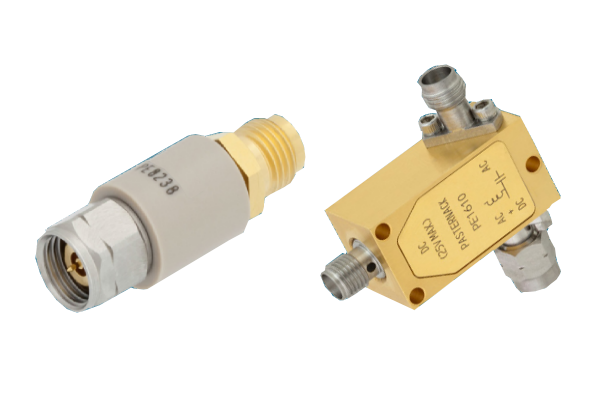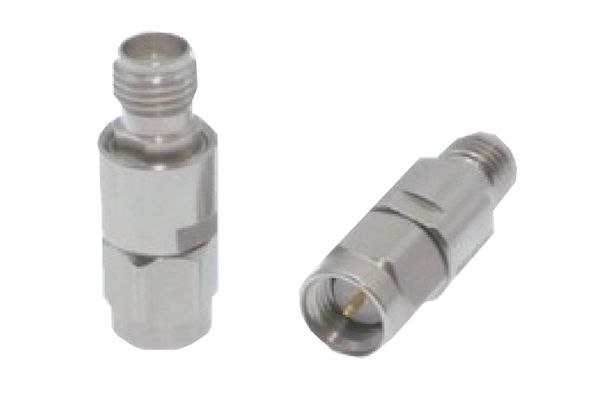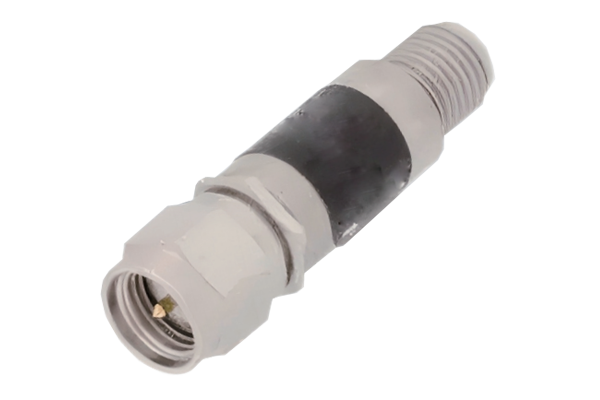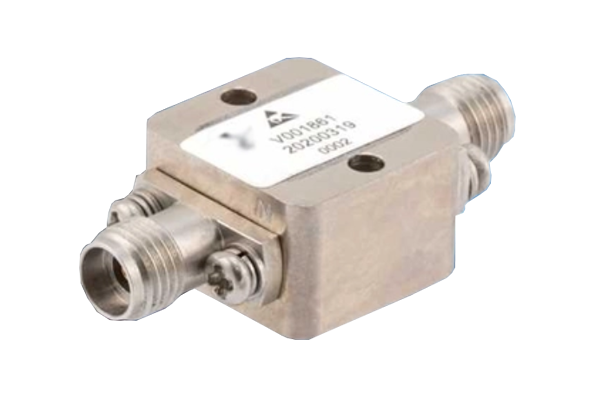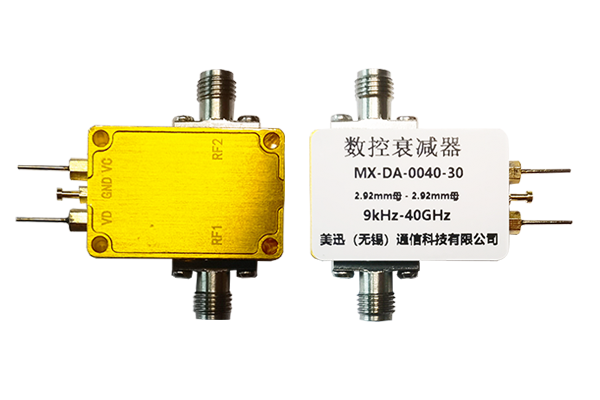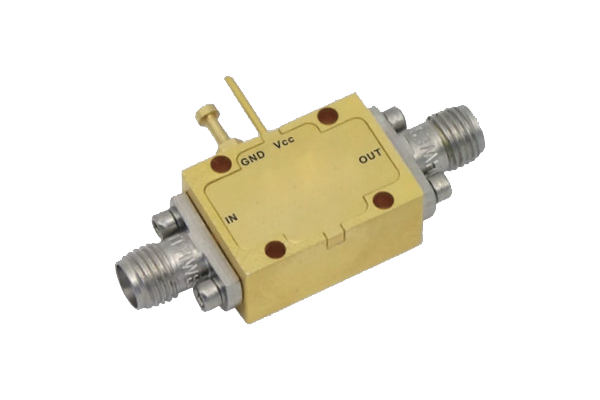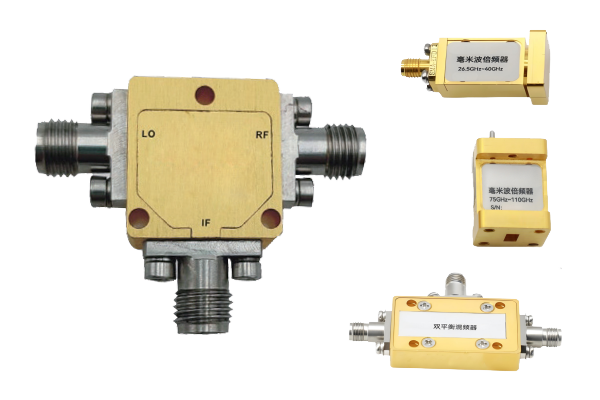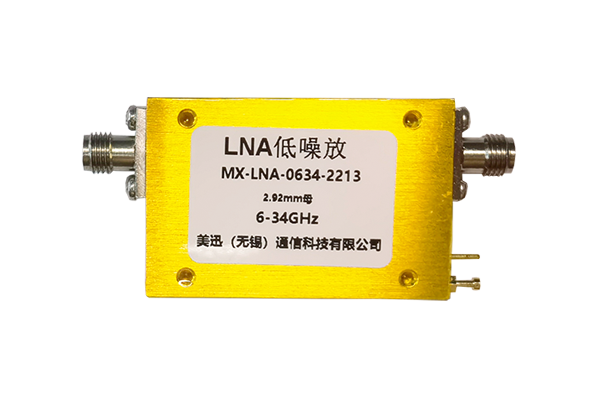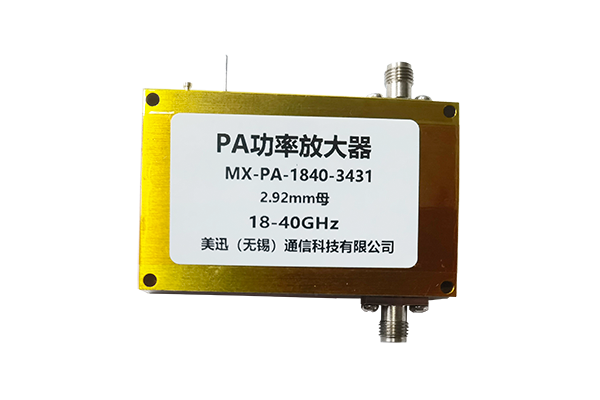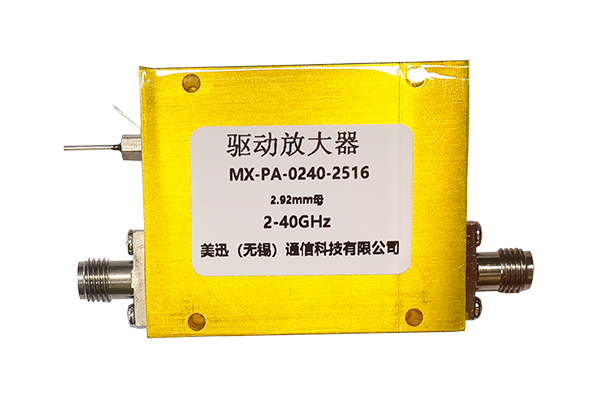How does the size of coaxial switches impact their performance and installation space
Coaxial Switch Performance and Size Considerations
The size of coaxial switches significantly influences both performance and installation space, creating a trade-off between compactness and functionality:
Impact on Performance
-
Frequency Range & Signal Loss:
Smaller switches often use miniaturized components (e.g., sub-miniature A [SMA] connectors), limiting their upper frequency range (typically up to 20–40 GHz) due to parasitic effects from tight layouts. Larger switches with standard connectors (e.g., N-type) support higher frequencies (up to 50+ GHz) and lower insertion loss due to wider signal paths. -
Power Handling:
Larger switches accommodate robust contacts (e.g., tungsten or silver-plated copper) and thermal dissipation structures (heat sinks, airflow channels), enabling higher power ratings (kW-level for industrial use). Smaller switches are limited to low-power applications (mW to W-level) due to reduced contact size and heat management capabilities. -
Switching Speed:
Solid-state micro-switches (e.g., RF MEMS) are tiny (mm-scale) and achieve nanosecond switching, ideal for compact high-speed systems like 5G base stations. Larger electromechanical switches (e.g., relay-based) have slower microsecond-level speeds but offer higher reliability in rugged environments.
Impact on Installation Space
- Compact Designs: Miniature switches (e.g., surface-mount technology [SMT] modules) save space in dense PCB layouts for consumer electronics or portable devices but require precise handling during installation.
- Larger Form Factors: Rack-mounted or panel-mount switches dominate installation space in data centers or telecom hubs but simplify maintenance and cable management. Modular designs allow scalable configurations, though at the cost of bulk.
Balancing Act
Portable/RF Systems
Miniaturization via chip-scale packaging (CSP) or flip-chip technology sacrifices some power/frequency performance for space efficiency.
Industrial/High-Power Setups
Larger switches with built-in cooling and rugged enclosures are essential, even if they require dedicated rack space.
In summary, size directly dictates a switch's frequency range, power capacity, and speed, while installation space constraints drive trade-offs in component density and thermal design.



